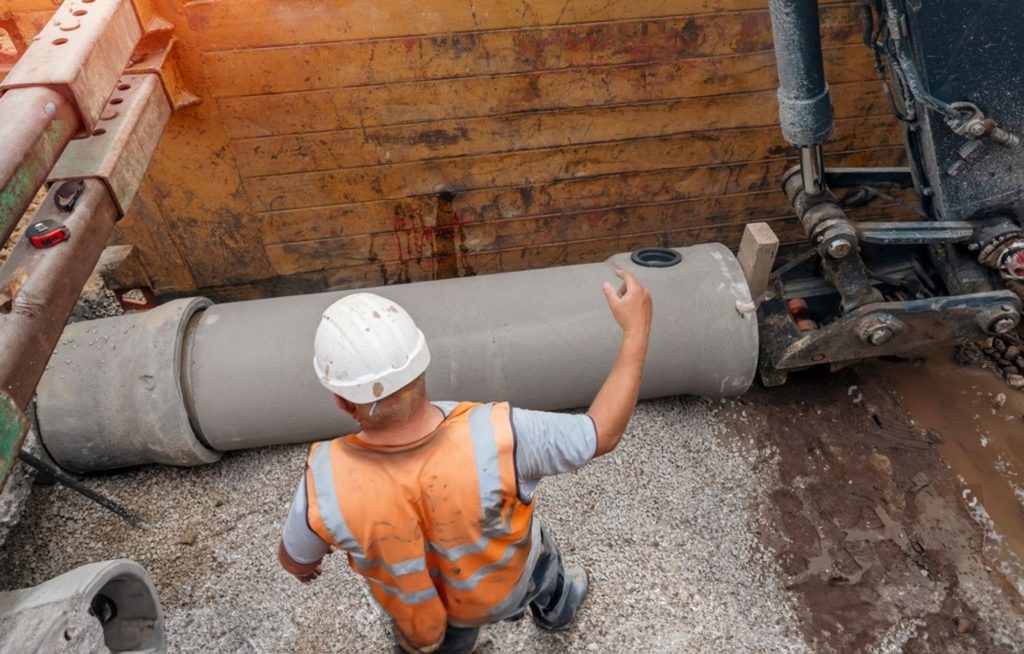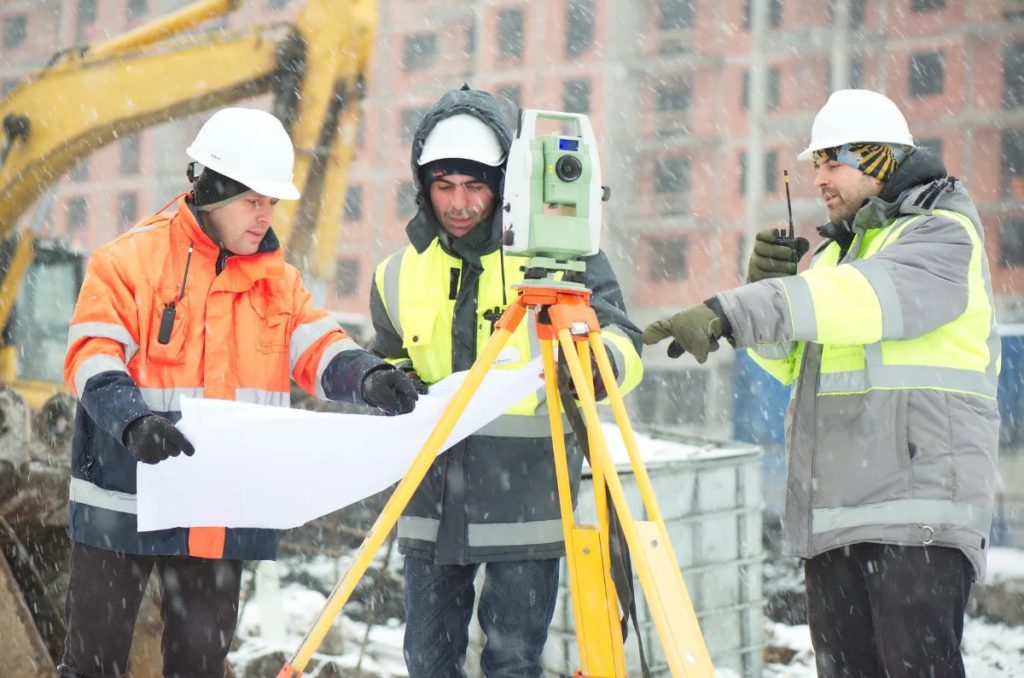The monsoon season, characterized by heavy rains, strong winds, and unpredictable weather patterns, presents unique challenges for the construction industry. Projects can face significant delays, safety hazards, and increased costs if not properly prepared. Adapting construction schedules for the monsoon season is crucial to ensure that work progresses smoothly, safely, and within budget. Here’s a comprehensive guide on how to effectively adjust construction schedules during this challenging period.
Understanding the Impact of the Monsoon
The first step in adapting construction schedules is understanding how the monsoon can affect various aspects of a project. Heavy rains can lead to waterlogged sites, making it difficult for machinery to operate and for workers to perform their tasks. High humidity can affect materials, especially those sensitive to moisture like cement and wood. Additionally, frequent storms can disrupt the power supply and communication, further complicating the construction process.
Planning Ahead
Effective planning is essential to mitigate the impact of the monsoon on construction schedules. Here are some key planning strategies:
1. Weather Forecasting and Monitoring
Utilize advanced weather forecasting tools to predict rain patterns and prepare accordingly. Regularly monitor weather updates to anticipate any sudden changes. This information can help in making informed decisions about when to halt or resume construction activities.
2. Flexible Scheduling
Create a flexible construction schedule that allows for buffer days. These are extra days built into the timeline to account for weather-related delays. This flexibility ensures that minor setbacks do not derail the entire project.
3. Prioritize Critical Tasks
Identify critical tasks that must be completed before the onset of heavy rains. Focus on these tasks during the dry season to minimize disruptions. For instance, complete foundation work, structural framing, and roofing before the monsoon to protect the site from water damage.
Implementing Protective Measures
Protective measures can safeguard both the construction site and the workers. Here are some effective strategies:

1. Site Preparation
Prepare the site for heavy rains by implementing proper drainage systems. Ensure that water can flow away from the construction area to prevent flooding. Use sandbags, trenches, and pumps to manage excess water.

2. Weather-Proofing Materials and Equipment
Store materials and equipment in weather-proof shelters to protect them from moisture. Use tarpaulins and plastic sheets to cover exposed areas. For materials that cannot be moved, such as partially constructed structures, use waterproof coatings and sealants.

3. Safety Measures
Worker safety is paramount during the monsoon season. Equip workers with appropriate rain gear, including waterproof boots, jackets, and gloves. Ensure that the site has proper lighting, as visibility can be poor during heavy rains. Conduct regular safety drills to prepare for emergencies like flooding or power outages.
Adjusting Work Processes
Adapting work processes can help maintain productivity even during adverse weather conditions. Consider the following adjustments:
1. Shift Work Hours
Adjust work hours to take advantage of the best weather conditions. Early morning and late evening shifts can be more productive during the monsoon when the weather is relatively stable. Avoid scheduling critical tasks during peak rain hours.
2. Indoor and Covered Work
Focus on indoor or covered work during heavy rains. Tasks such as electrical work, plumbing, and interior finishing can continue even when outdoor activities are halted. This helps in maintaining progress and meeting deadlines.
3. Use of Specialized Equipment
Utilize specialized equipment designed for wet and muddy conditions. For instance, use track loaders instead of wheel loaders as they provide better traction on slippery surfaces. Employ dewatering pumps to remove excess water from the site.
Communication and Coordination
Effective communication and coordination are vital to adapting construction schedules during the monsoon. Here’s how to ensure everyone is on the same page:
1. Regular Meetings
Hold regular meetings with the project team to review progress and adjust plans as needed. These meetings should include updates on weather forecasts, safety protocols, and task prioritization.
2. Clear Communication Channels
Establish clear communication channels to ensure that information flows smoothly between all parties involved, including contractors, subcontractors, suppliers, and workers. Use digital tools like project management software to track progress and share updates.
3. Stakeholder Engagement
Keep stakeholders informed about any changes in the schedule and the reasons behind them. Transparency helps in managing expectations and maintaining trust.
Conclusion
Adapting construction schedules for the monsoon season requires proactive planning, protective measures, adjusted work processes, and effective communication. By anticipating challenges and implementing strategic adjustments, construction projects can navigate the monsoon season successfully. While the weather may be unpredictable, a well-prepared construction team can ensure that work continues safely and efficiently, ultimately leading to the successful completion of the project.



